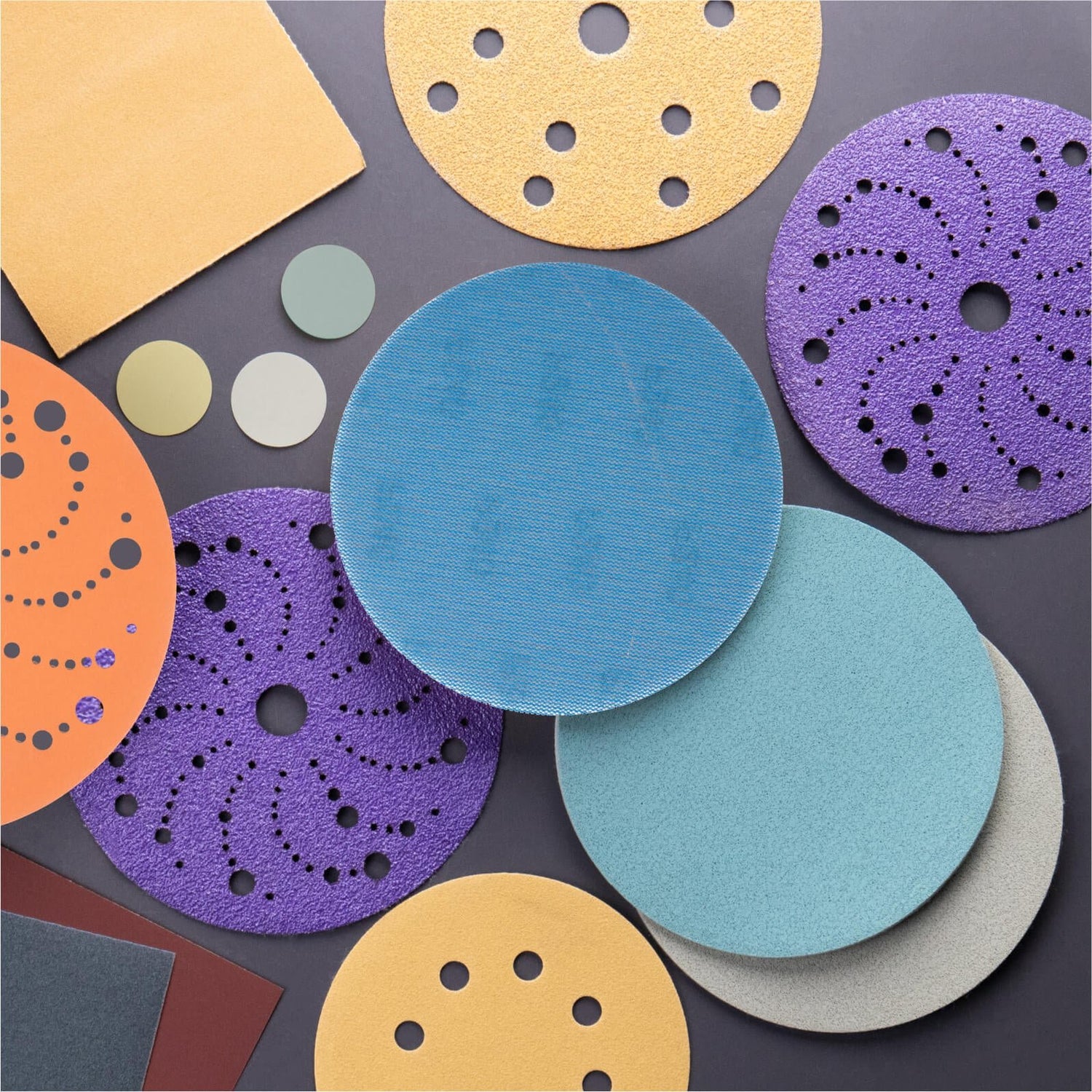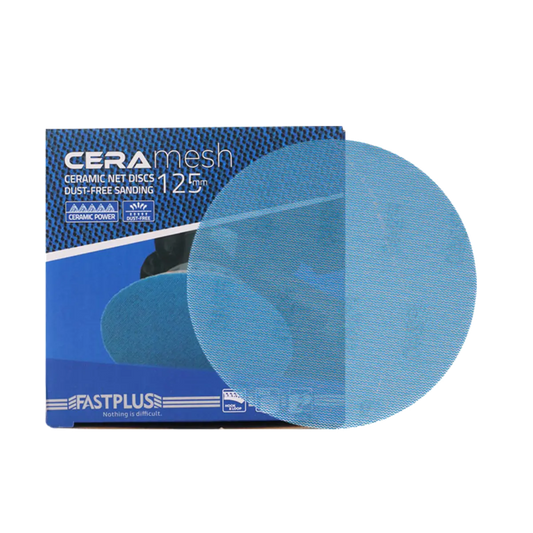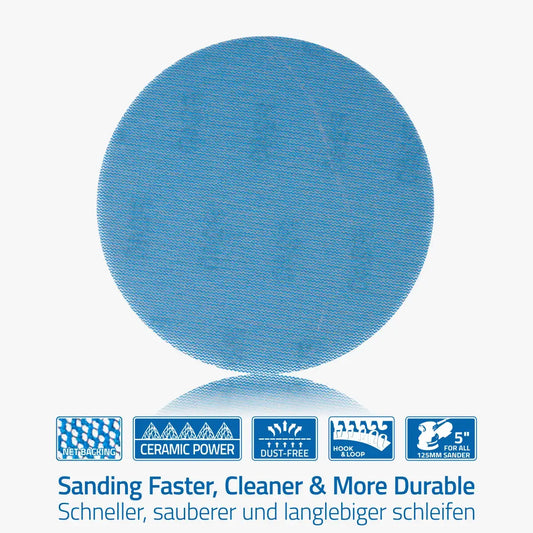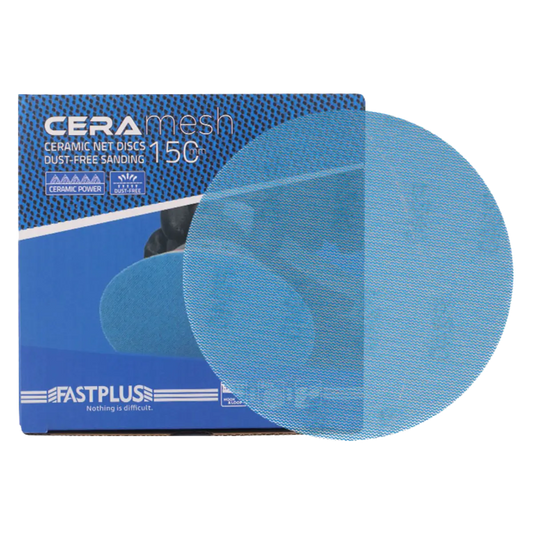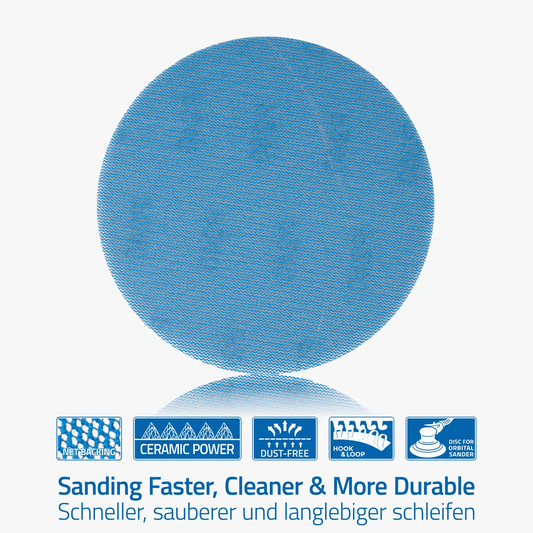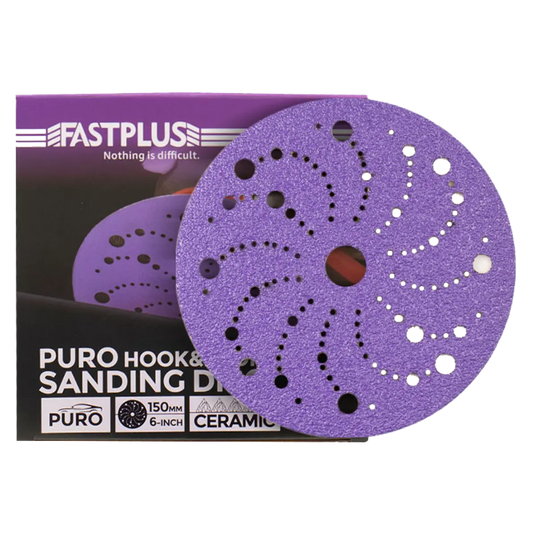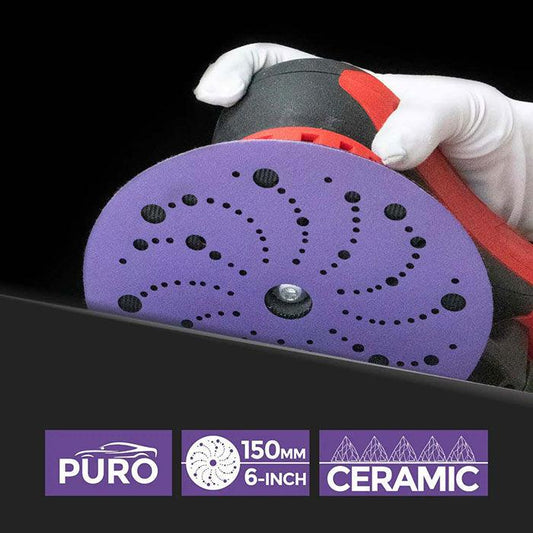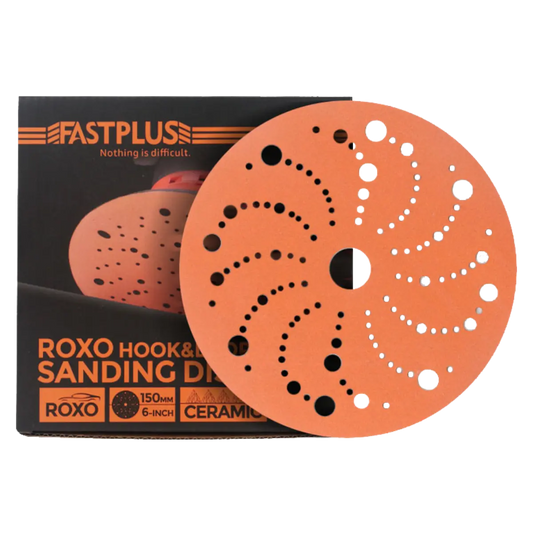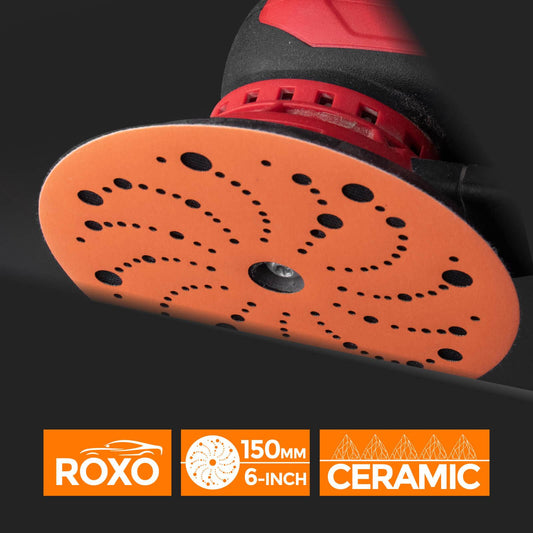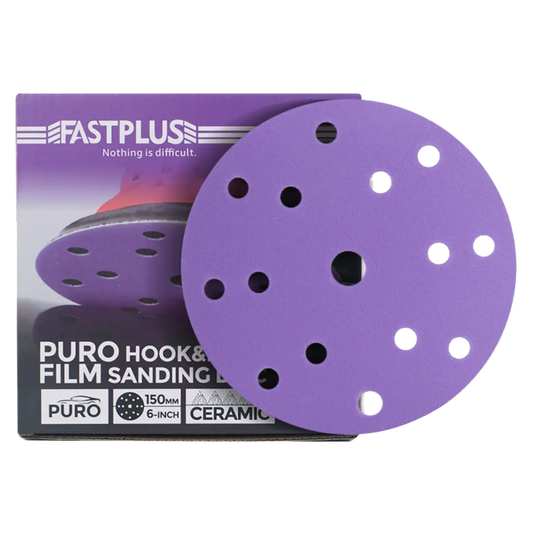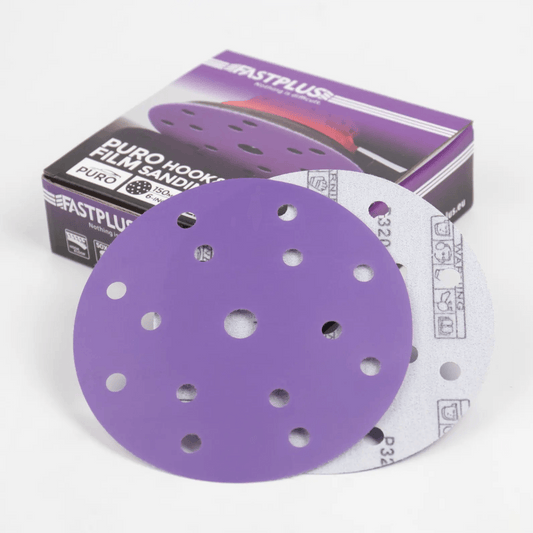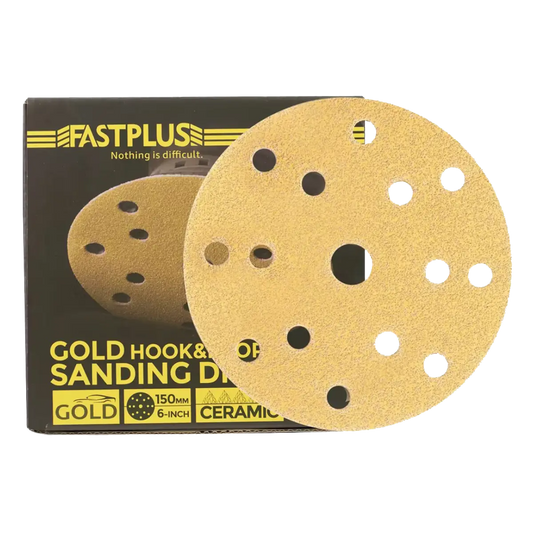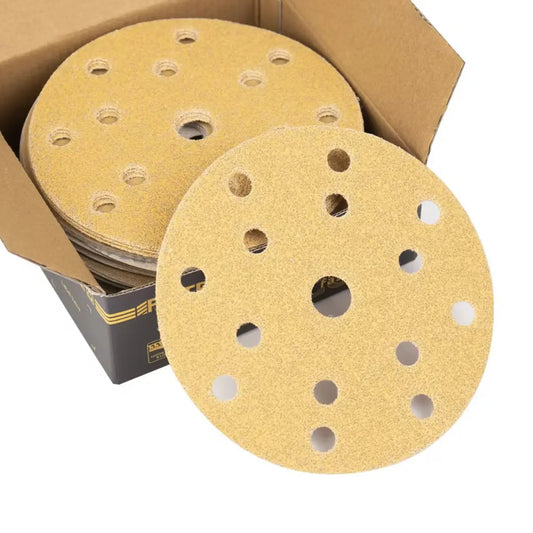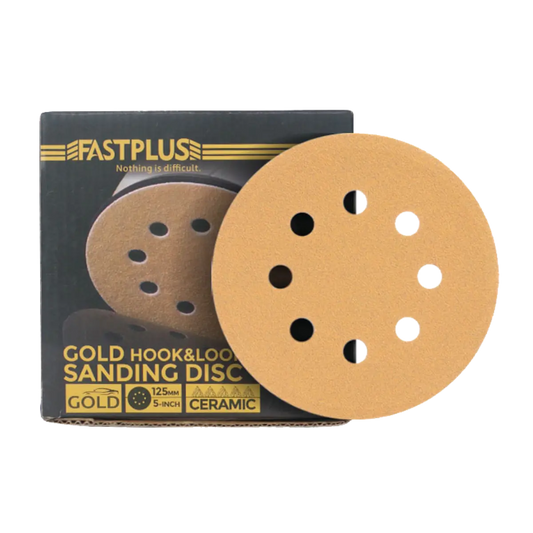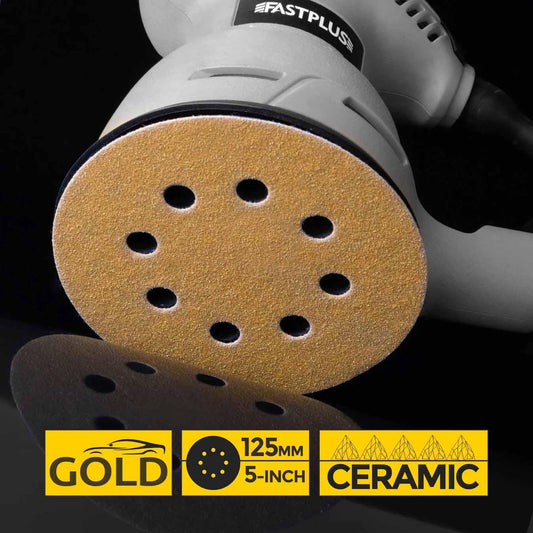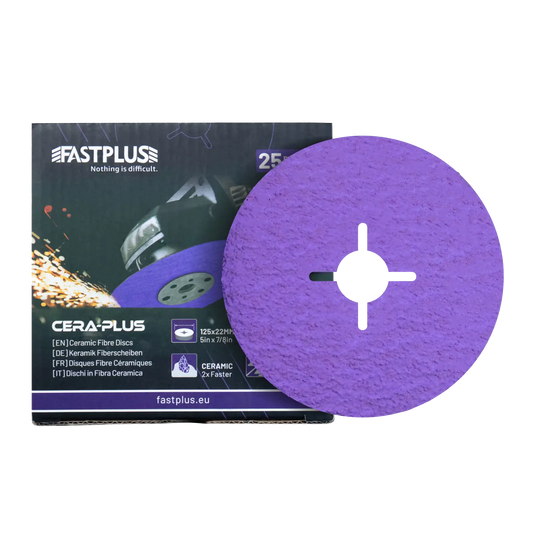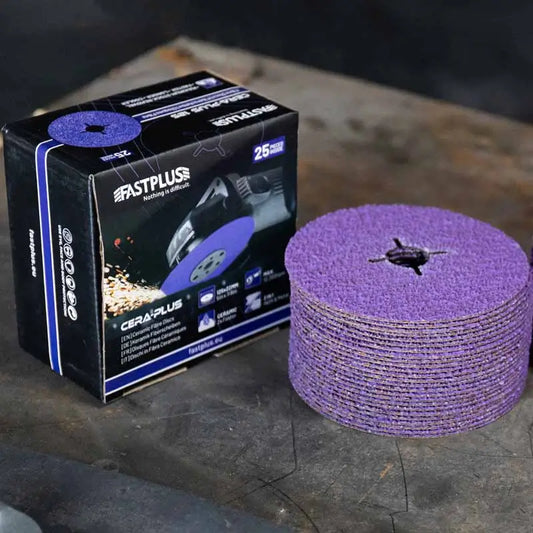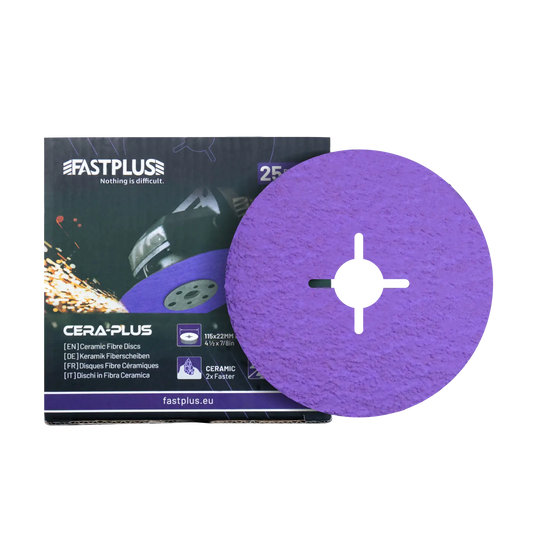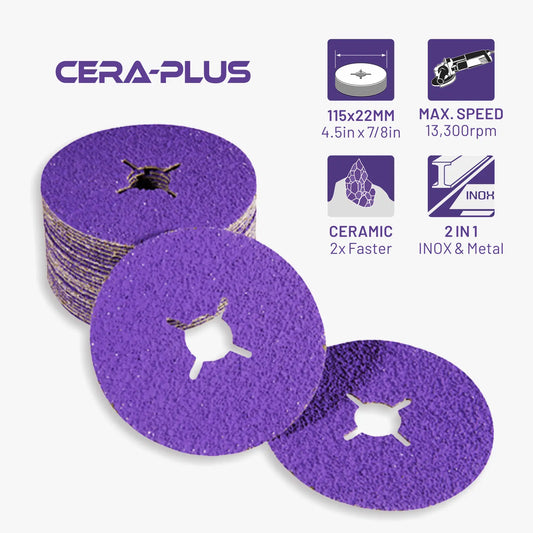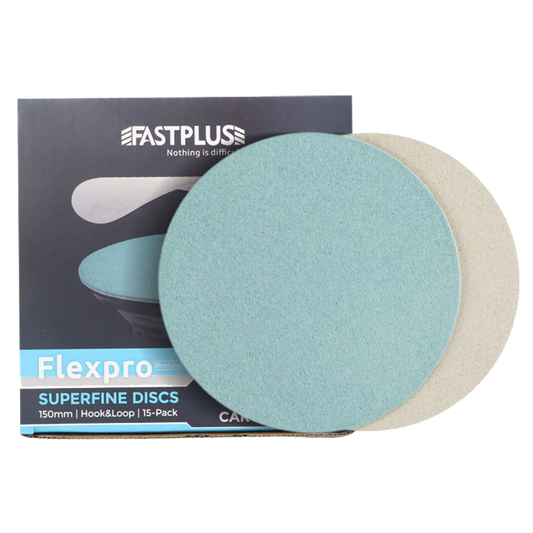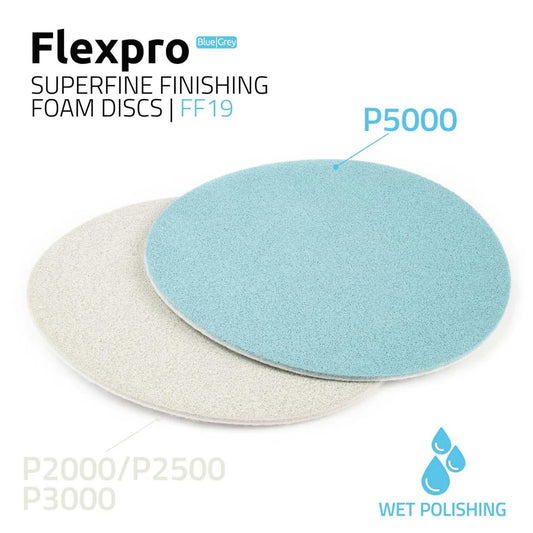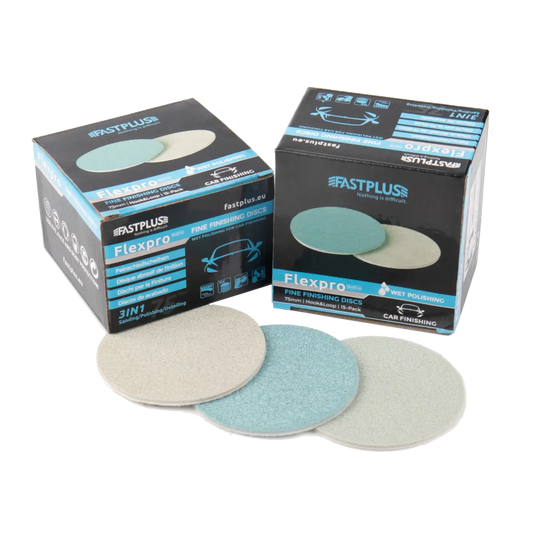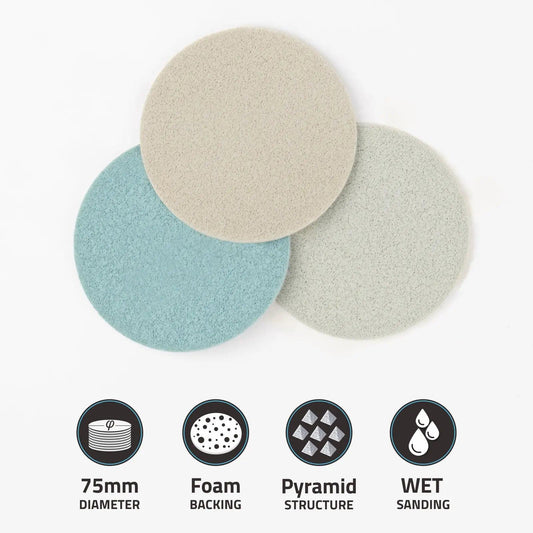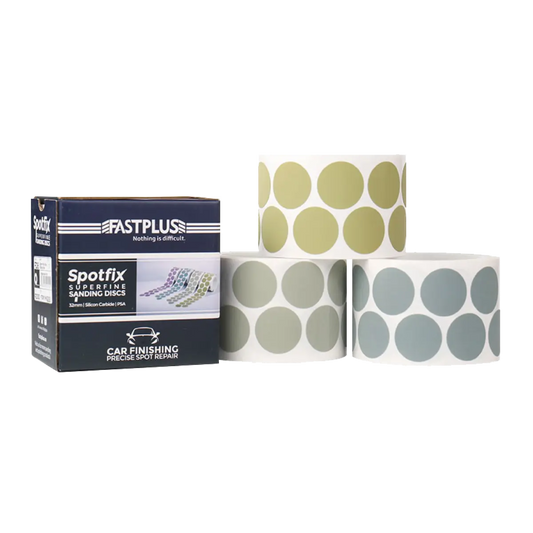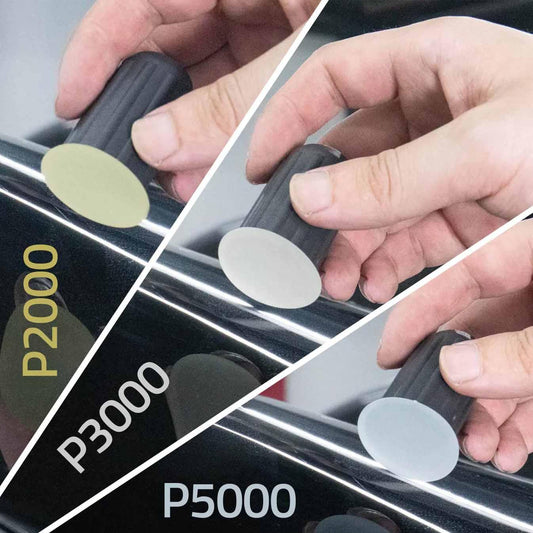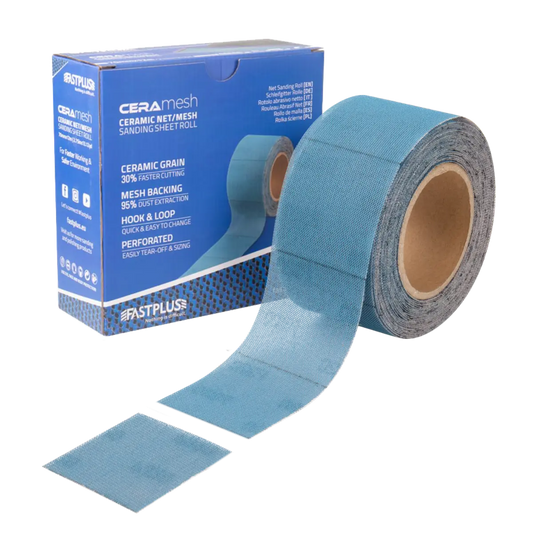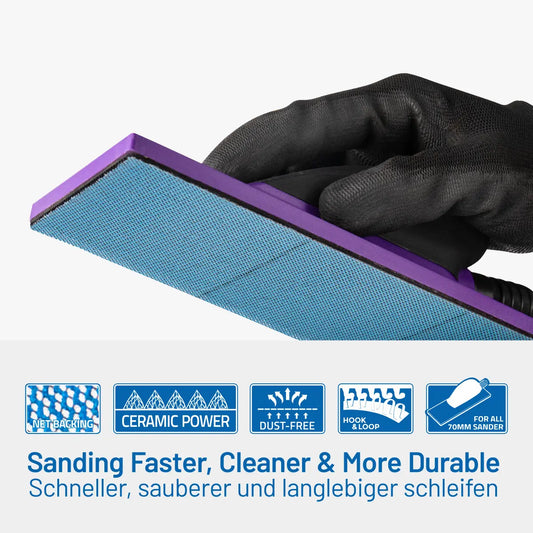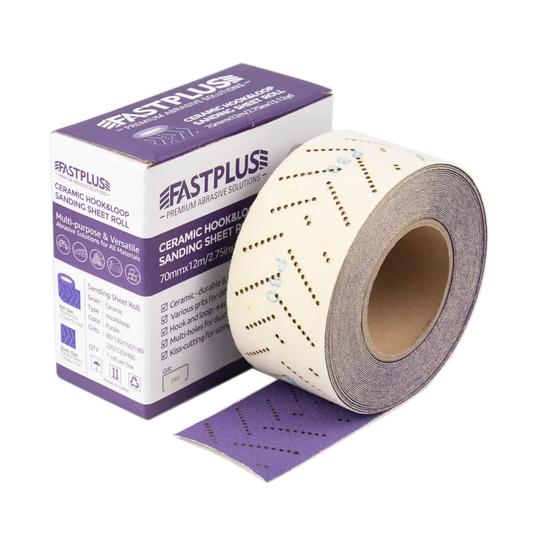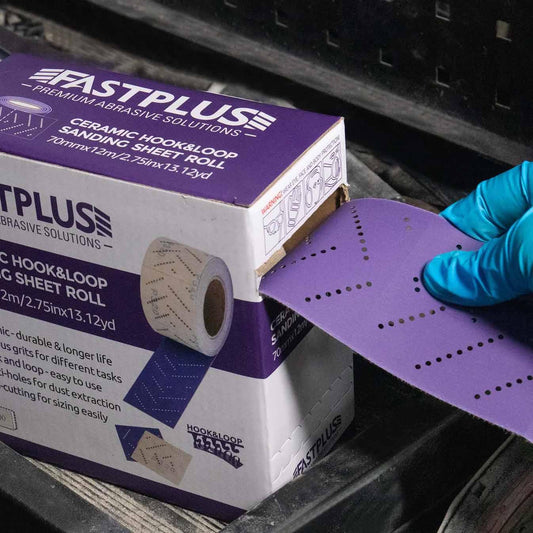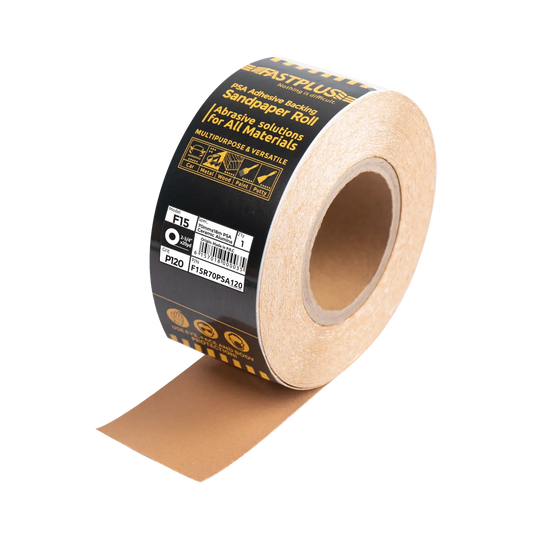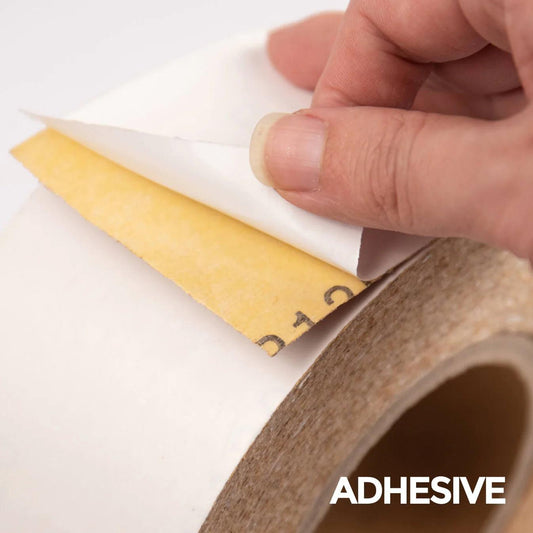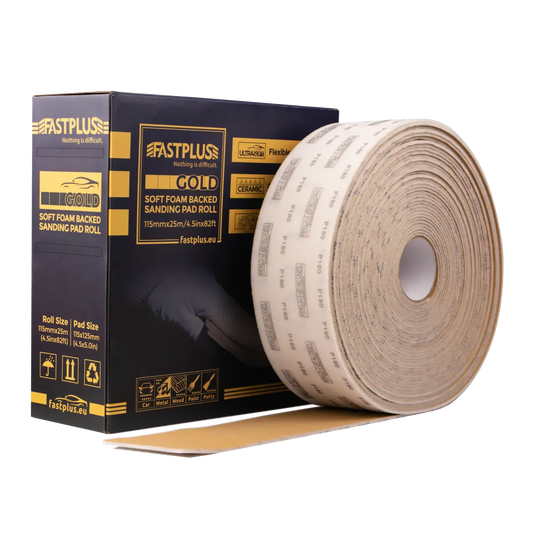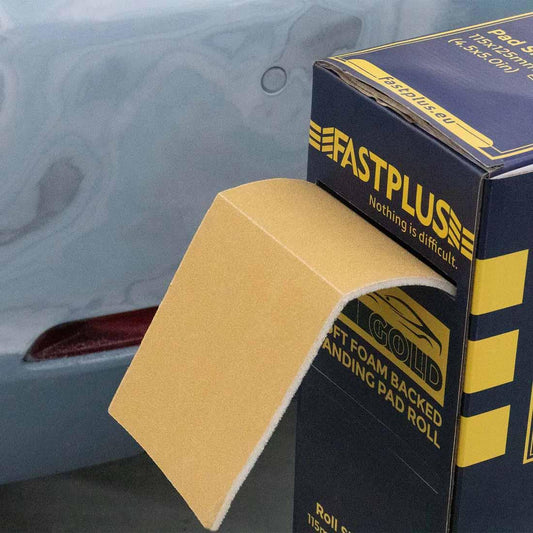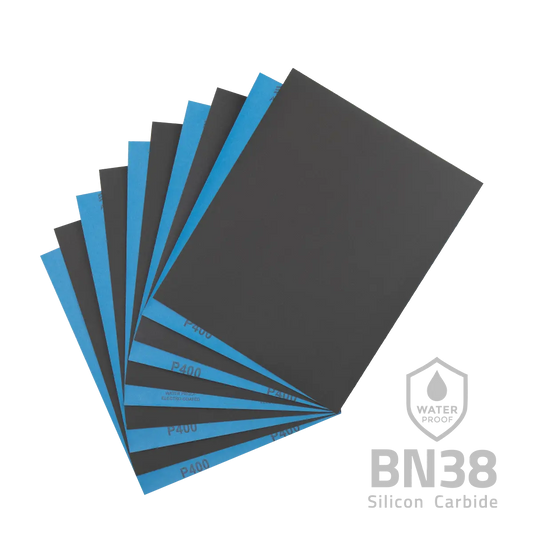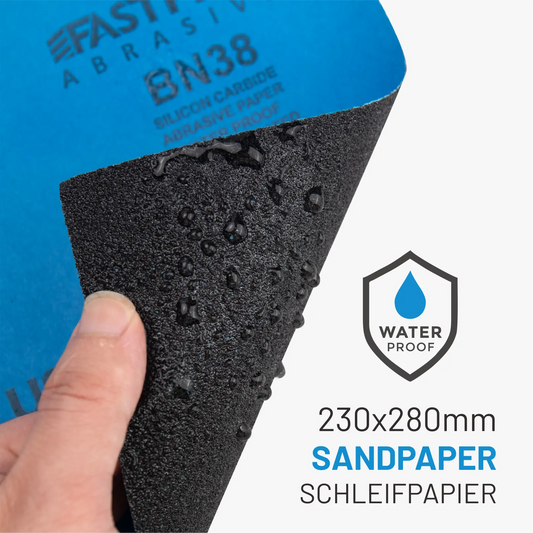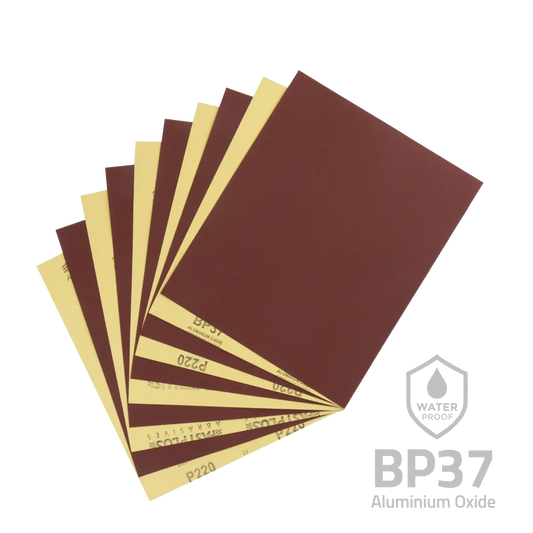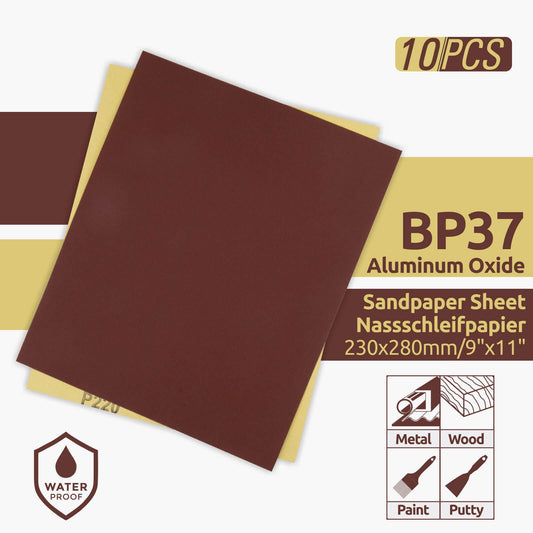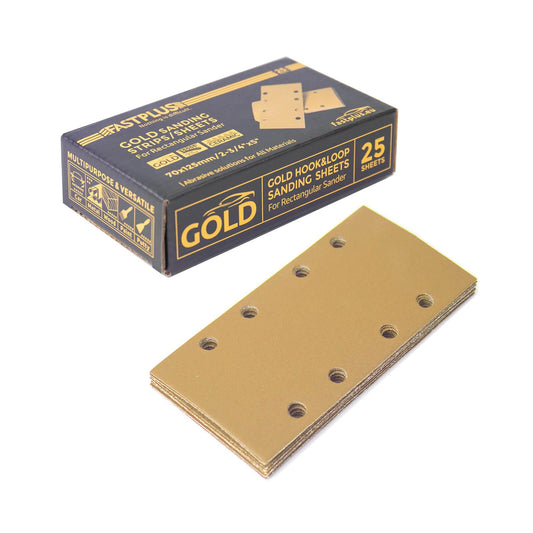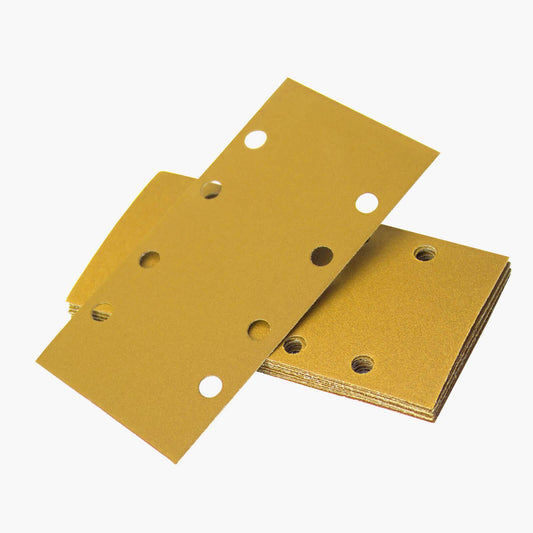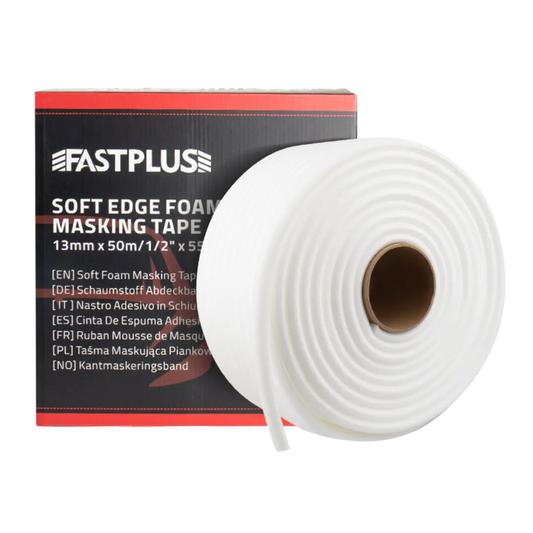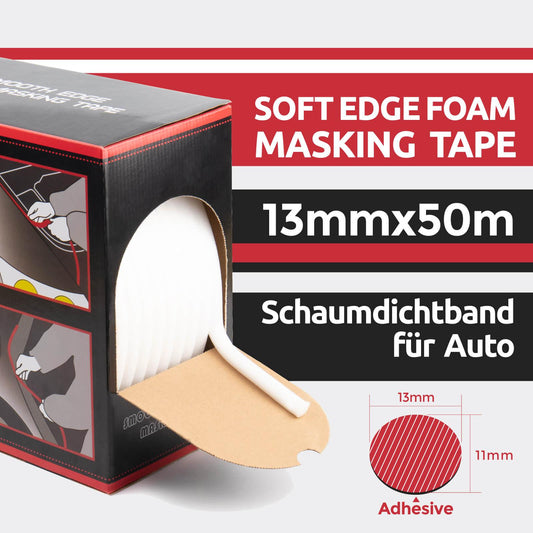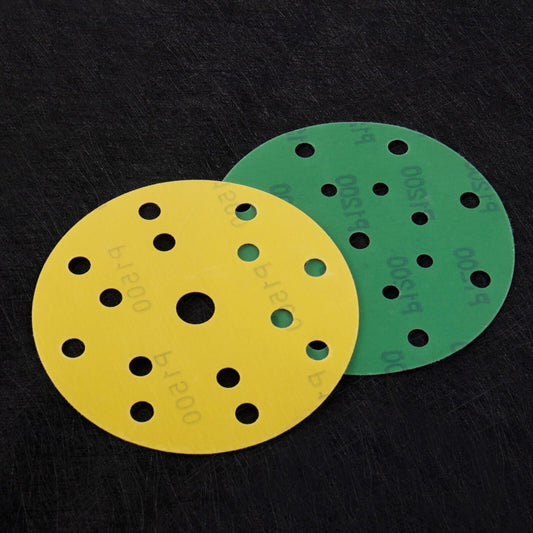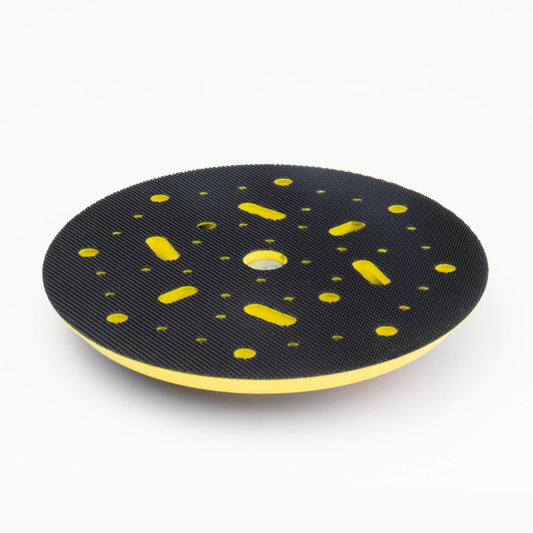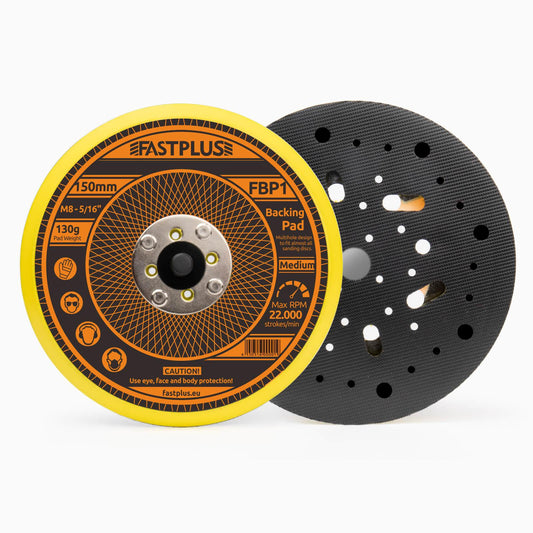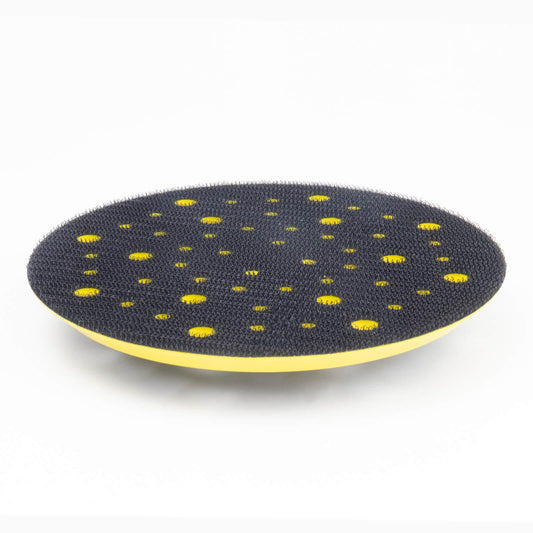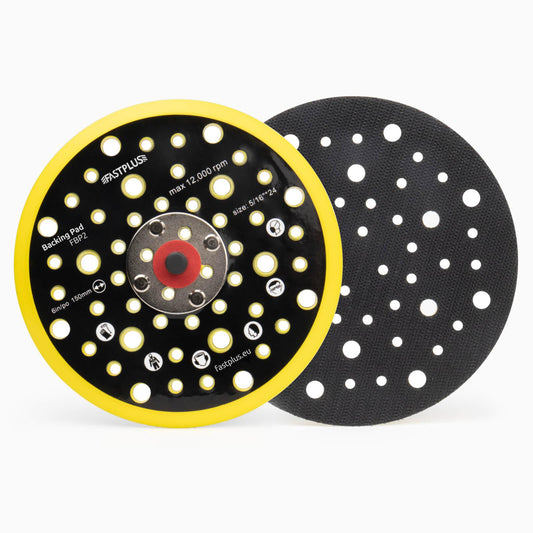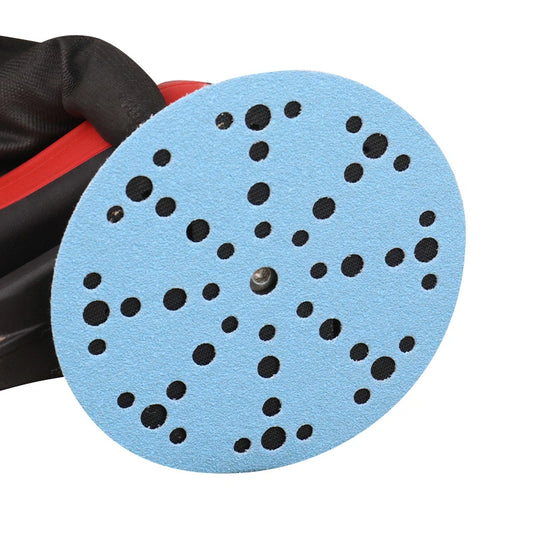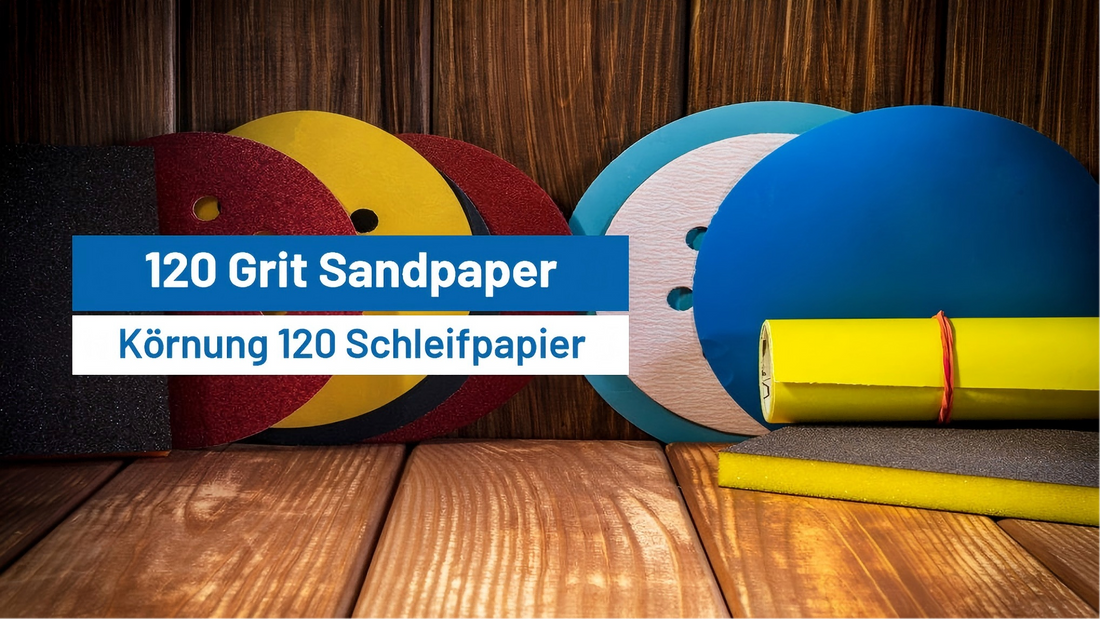
What Is 120 Grit Sandpaper Used For?
When tackling any project that involves sanding, the choice of sandpaper grit can make or break the outcome. Among the many grit levels available, 120 grit sandpaper stands out as one of the most versatile options for both DIY enthusiasts and professionals. But what exactly is it used for? In this blog, we’ll explore the applications of 120 grit sandpaper and its variations, including sanding discs, sanding strips, and sanding rolls, to help you make the best choice for your project.

Understanding Sandpaper Grit
Sandpaper is graded based on its grit, which refers to the size of the abrasive particles on its surface. Lower grit numbers indicate coarser sandpaper, ideal for removing material quickly. Conversely, higher grit numbers are finer and used for polishing or finishing. At 120 grit, sandpaper strikes a balance between material removal and surface preparation, making it a go-to option for intermediate sanding tasks.
Common Uses for 120 Grit Sandpaper
1. Surface Preparation Before Finishing
One of the primary uses of 120 grit sandpaper is for preparing surfaces before applying finishes like paint, varnish, or stain. It’s fine enough to remove minor scratches or imperfections without leaving deep marks that might show through the final coat.
When sanding wood, a 120 grit sanding roll or strip works well to smoothen the surface after coarse sanding (e.g., using 60 or 80 grit sandpaper). It creates a clean, even base, ensuring that the finish adheres properly and looks professional.
2. Sanding Between Coats
For projects that require multiple coats of paint or varnish, 120 grit sanding discs are ideal for lightly sanding between applications.
This process removes dust particles and helps the next coat bond better, resulting in a smoother and more durable finish.
Tip: Use a 120 grit sanding strip for edges or corners where a disc or roll might be hard to maneuver.
3. Removing Old Finishes
If you're refurbishing a piece of furniture or restoring an old surface, 120 grit sandpaper is perfect for removing the remaining traces of paint or varnish after coarse sanding. It’s aggressive enough to clean the surface effectively without damaging the material underneath.
4. Smoothing Wood and Metal Surfaces
For both woodworkers and metalworkers, 120 grit sanding rolls or discs are indispensable for smoothing out surfaces. On wood, this grit helps eliminate tool marks or grain irregularities. On metal, it can deburr edges and prepare the surface for painting or priming.
5. Shaping and Refining
Whether you're working on wooden furniture, metal structures, or even automotive repairs, 120 grit sanding discs provide the control needed for shaping and refining details. This grit offers just the right amount of abrasion to fine-tune the material before moving to finer grits.
Types of 120 Grit Sanding Products
When shopping for 120 grit sandpaper, you’ll encounter different formats, each suited for specific tasks:
1. Sanding Discs
Perfect for use with orbital or disc sanders, 120 grit sanding discs are a time-saver for larger surfaces. They're commonly used for preparing walls, furniture, and even automotive panels.
2. Sanding Strips
Sanding strips are narrow and flexible, making them ideal for hard-to-reach areas like grooves, edges, and intricate designs. If you’re working on a detailed project, a 120 grit sanding strip provides precision and ease of use.
3. Sanding Rolls
Versatile and cost-effective, 120 grit sanding rolls allow you to cut sandpaper to the desired length. They’re great for hand sanding or wrapping around sanding blocks for an even finish.
4. Pre-Cut Sheets
For manual sanding or use with hand sanders, pre-cut sheets of 120 grit sandpaper are a convenient option. These are ideal for smaller projects or touch-ups.
Tips for Using 120 Grit Sandpaper Effectively
1. Choose the Right Tool
Match the sandpaper type to your project. For flat surfaces, use a sanding block or orbital sander with a 120 grit sanding disc. For curves or edges, opt for a 120 grit sanding strip.
2. Sand with the Grain
When sanding wood, always follow the grain to avoid scratches that may be difficult to remove later.
3. Clean the Surface Regularly
Dust and debris can clog sandpaper, reducing its efficiency. Use a brush or vacuum to clean the surface frequently during sanding.
4. Gradual Progression
For the best results, start with a coarser grit (e.g., 60 or 80) and progress to 120 grit sandpaper before finishing with finer grits like 180 or 220.
5. Replace Worn Sandpaper
Overused sandpaper loses its effectiveness. If your 120 grit sanding roll or disc isn’t cutting as well as it should, replace it promptly.
Key Projects That Benefit from 120 Grit Sandpaper
Furniture Refinishing
Preparing wood furniture for painting or staining often involves 120 grit sandpaper. It smooths out imperfections and ensures that finishes adhere evenly.
Automotive Bodywork
In automotive repairs, a 120 grit sanding disc is used to smooth filler or primer before applying paint. It’s also great for blending edges between repairs and the original surface.
DIY Home Improvements
Whether sanding drywall, removing old paint, or prepping trim for a fresh coat, 120 grit sandpaper is versatile enough to handle a wide range of home improvement tasks.
Metal Fabrication
For metal surfaces, 120 grit sanding rolls are excellent for deburring, cleaning, and preparing the material for welding or painting.
Benefits of Using 120 Grit Sandpaper
1. Versatility
From woodworking to metalworking, 120 grit sandpaper can handle a variety of materials and tasks.
2. Efficiency
It balances material removal with surface preparation, saving time by eliminating the need for excessive grit changes.
3. Ease of Use
Whether in the form of sanding discs, strips, or rolls, this grit level is easy to work with and delivers consistent results.
Conclusion
120 grit sandpaper is an essential tool for achieving smooth and professional finishes on a wide range of surfaces. Its versatility and balance make it a favorite among woodworkers, metalworkers, and DIY enthusiasts alike. Whether you’re using a 120 grit sanding disc, strip, or roll, understanding its applications will help you tackle your projects with confidence and precision.
So, the next time you reach for sandpaper, remember the many ways 120 grit can help transform rough surfaces into flawless finishes. Whether you’re preparing wood for staining, smoothing out metal edges, or sanding between coats, this grit level is your trusted partner for success.
